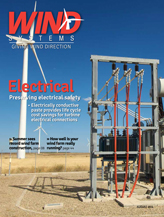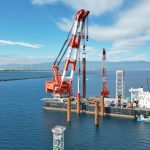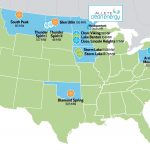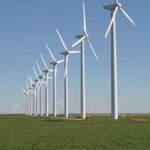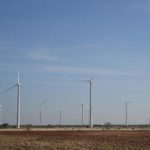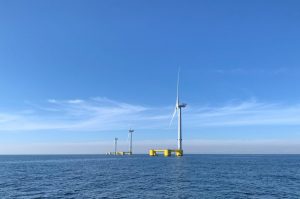Vestas has received a 166 MW order for 83 V100-2.0 MW turbines for RES Americas’ 200 MW Pleasant Valley Wind Project in Minnesota. The initial 34 MWs were announced in connection with signing the master supply agreement in September 2013.
The order is the final call-off on the September 2013 MSA for multiple U.S. projects, the potential of which totaled 610 MW. With today’s order, Vestas has secured 350 MW directly with RES Americas, with the remaining 260 MW from other parties that purchased the RES Americas projects prior to placing a firm and unconditional order with Vestas.
Pleasant Valley will utilize the V100-2.0 MW turbine, which was launched to the market in 2013 and features an improved drive train and generates approximately 13 percent more annual energy production (AEP) than the V90-1.8 MW at medium wind speeds. In addition, the order includes a three-year Active Output Management (AOM) 5000 service agreement. AOM 5000 is an energy-based availability guarantee that ensures the turbines are operational when the wind is blowing.
“Vestas is extremely pleased that RES Americas has now finalized the MSA, either through orders placed directly with Vestas or via projects transferred to other customers,” says Chris Brown, President of Vestas sales and service division in the United States and Canada. He continues: “Vestas’ track record and technology means we can offer our customers a strong business case for their wind power plants, and this order further confirms RES Americas’ confidence in Vestas and the investment certainty we can offer.”
“Pleasant Valley will deploy efficient, cutting edge technology to generate carbon-free electricity while providing meaningful cost savings to Xcel Energy’s customers in south-eastern Minnesota,” said Rob Morgan, Chief Development Officer of RES Americas. “We are committed to delivering competitively priced renewable energy, and the technological advances made by leading companies like Vestas, is essential to the wind industry’s ability to continue driving down costs while increasing clean energy production.”
















